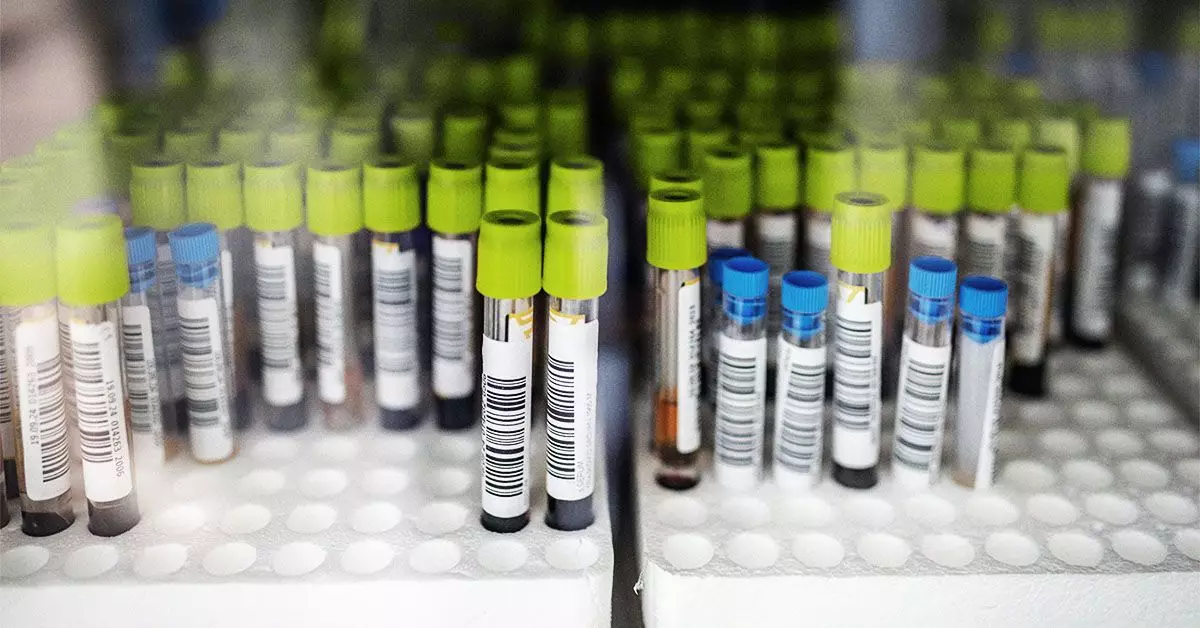Acute lymphoblastic leukemia (ALL) represents a severe form of leukemia, primarily impacting the blood and bone marrow, and Philadelphia-positive acute lymphoblastic leukemia (Ph+ ALL) is a notable subtype within this category. Characterized by a genetic mutation associated with the Philadelphia chromosome, this condition has distinct features that set it apart from other types of ALL. It is crucial to delve into its symptoms, underlying causes, diagnostic processes, and treatment strategies to enhance awareness and understanding of this potentially severe disease.
The clinical presentation of Ph+ ALL largely mirrors that of other ALL types, largely resulting from a significant proliferation of immature blood cells known as blast cells. When these cells accumulate in the bone marrow, they hinder the production of normal blood cells, leading to various symptomatic expressions. Common symptoms include extreme fatigue, increased susceptibility to infections, unexplained bruising or bleeding, and significant weight loss. Additionally, individuals might experience symptoms linked to anemia, such as pallor and shortness of breath.
While these signs can point towards a diagnosis of Ph+ ALL, they are not exclusive to this subtype; other medical conditions could trigger similar symptoms. Therefore, it becomes imperative for individuals experiencing these warning signs to consult healthcare professionals for appropriate testing and diagnosis to rule out other potential issues.
Genetic Basis of Ph+ ALL
At the molecular level, Ph+ ALL is often directly linked to a specific genetic alteration known as the Philadelphia chromosome, a consequence of a translocation between chromosome 9 and chromosome 22. This genetic anomaly leads to the formation of the BCR-ABL1 fusion gene, which encodes for an excess of tyrosine kinase—an enzyme that urges the proliferation of immature white blood cells. The unchecked activity of this tyrosine kinase is the primary offender behind the uncontrolled division of these cells, prompting the development of leukemia.
Studies underscore that the presence of the BCR-ABL1 fusion gene distinguishes Ph+ ALL from other ALL subtypes, making genetic testing indispensable in its diagnosis and classification.
The road to diagnosing Ph+ ALL necessitates a series of intricate assessments. Hematologists often begin by conducting a complete blood count (CBC) to evaluate the levels of different blood cells. A low count of red blood cells, alongside an elevated count of white blood cells, can suggest leukemia’s presence.
To confirm a diagnosis of Ph+ ALL specifically, physicians often recommend a bone marrow biopsy, which is typically conducted in a hospital setting. This procedure allows for an examination of the bone marrow, where the presence of blast cells can be evaluated. Additionally, molecular diagnostics such as fluorescence in situ hybridization (FISH) and polymerase chain reaction (PCR) can be employed to identify the BCR-ABL1 fusion gene directly, illustrating the condition’s genetic foundation.
The treatment landscape for Ph+ ALL has evolved significantly over the past decade, with tyrosine kinase inhibitors (TKIs) serving as the cornerstone of the therapeutic approach. These agents function by directly blocking the activity of the tyrosine kinase produced by the BCR-ABL1 fusion gene, thereby curtailing the growth and proliferation of leukemic cells. Notable TKIs include imatinib (Gleevec), dasatinib (Sprycel), and nilotinib (Tasigna), each demonstrating substantial efficacy in combating Ph+ ALL.
Typically, TKIs are not administered in isolation; they are combined with chemotherapy to enhance their effectiveness. This integrated approach strives to achieve molecular remission, where sensitive tests reveal no indicators of leukemia, even within the bone marrow.
The outcome for patients diagnosed with Ph+ ALL has shown a marked improvement due to the advent of targeted therapies and more refined treatment protocols. While still a serious diagnosis, the incorporation of novel therapeutic strategies has increased remission rates and overall survival.
However, current research aims to address the limitations of existing treatments, particularly concerning resistance to TKIs and the potential for relapse. There is a push towards developing next-generation agents and combination therapies that could offer a more durable remission and minimize the chances of relapse in Ph+ ALL patients.
Philadelphia-positive acute lymphoblastic leukemia is a complex medical condition that necessitates a thorough understanding of its symptoms, genetic underpinnings, diagnostic methodologies, and treatment options. Ongoing research and enhancements in medical protocols are vital to improving outcomes for those affected by this challenging form of leukemia. For anyone experiencing symptoms indicative of blood abnormalities, timely medical consultation is essential for effective diagnosis and treatment.

